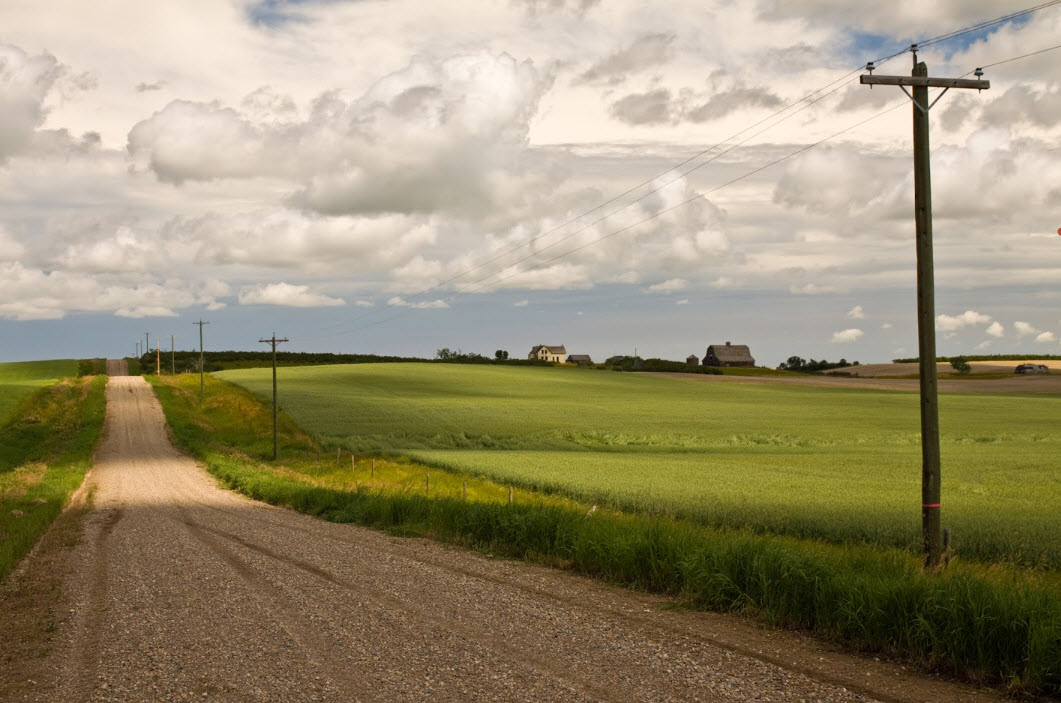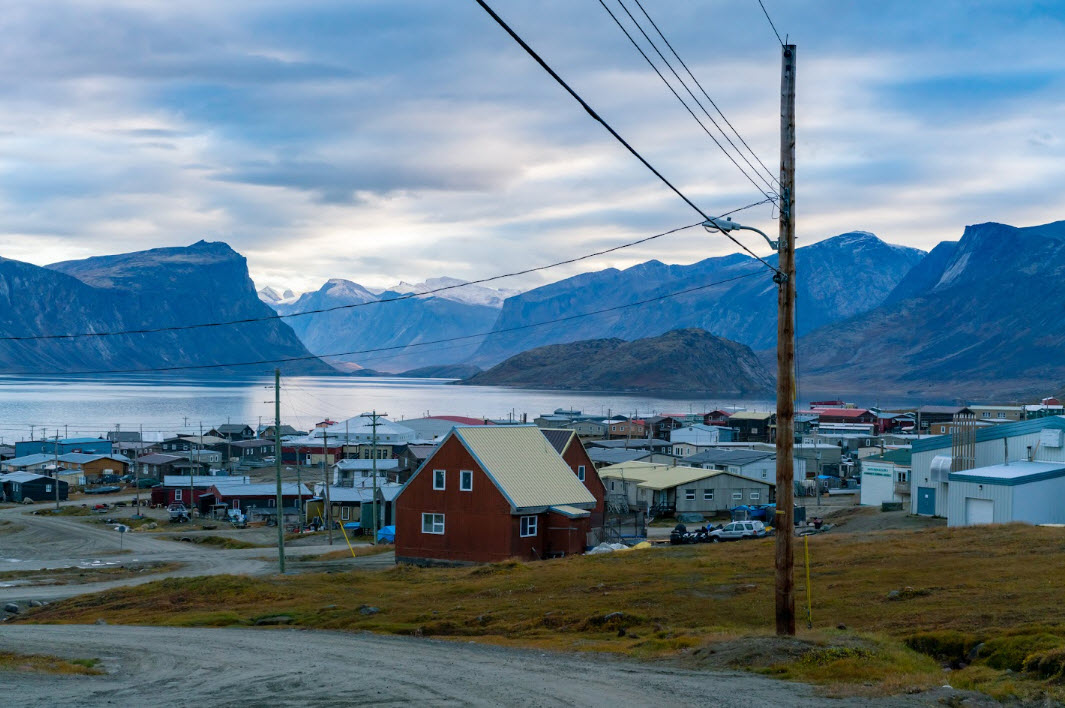While cities race towards electrification, many rural, remote and Indigenous communities face a very different energy reality.
The energy transition is a global effort to shift from fossil fuels (like coal and oil) to renewable sources (like solar and hydroelectric) for electricity generation and to power our homes and vehicles. Moreover, it is crucial to help mitigate climate change and prevent its worst effects.
In this blog, we'll explore what decarbonization looks like beyond the city limits and why meaningful engagement with rural, remote and Indigenous communities is essential for environmental, equity and social justice reasons. With approximately one-fifth of Canadians living in these areas, it’s a large and important group.
QUEST Canada, a registered Canadian charity that supports communities on their energy transition journey, initiated a research project to understand the different energy needs and hurdles facing these areas of the country.
“Canada relies on rural land and rural populations for renewable energy projects, food production, as well as carbon sequestration,” says Gemma Pinchin, Senior Lead, Research and Projects, for QUEST Canada. “So leaving this big group of people out of the conversation would be kind of inconceivable.”

Unique challenges
Rural areas often have older electricity grids and less reliable internet connectivity, which can hinder the adoption of new energy technologies. In particular, rural life is synonymous with agriculture which has become increasingly vulnerable to climate change impacts. Getting farmers on board to adopt on-farm renewable energy, produce biofuels and participate in carbon sequestration is key. But it doesn’t come without some challenges.
“In my literature review, there was this issue that came up where farmers are expected to not only provide enough food to sustain society, but they’re also expected to have a plan for carbon sequestration on their land - sometimes without any sort of training or support of what that looks like and how it would work with their farm,” Pinchin says.
For 200,000 Canadians in more than 280 remote communities, connecting to their local electricity grid or natural gas system just isn’t possible given how far away they live from existing energy infrastructure in their province or territory.
“A lot of remote communities that aren’t connected to the grid are completely reliant on diesel generation,” says Pinchin. “When the grid was built, it wasn’t considered economical to connect these remote communities to the provincial power grids because they have small populations and it would cost a lot of money to get the infrastructure to them. Canada is very big, and there are many communities that exist quite far from power lines and the grid, so diesel is kind of the only option.”
In urban centres, access to public transportation provides a sustainable option for city dwellers, but in contrast, rural and remote residents often have to rely on personal vehicles to access essential services.
“A lot of services are moving out of rural communities, and on the surface that doesn’t seem like an energy issue,” says Pinchin. “But when healthcare and groceries aren’t close or kept in their communities, emissions increase when people have to drive three times as long to get to a doctor, for example. Without cars to get around rural and remote areas, it would be incredibly isolating.”
Decolonizing the electricity grid
Climate studies consistently demonstrate that remote and Indigenous communities face disproportionate impacts from climate change. This includes energy poverty, exacerbated by the high cost of diesel fuel, which significantly affects their energy and living expenses.
Pinchen emphasizes the importance that any project that touches Indigenous land must have genuine engagement with the community. In that sense, meaningful engagement through the energy transition is an opportunity to address historical injustices and support Indigenous rights and self-determination with initiatives like co-development of projects and equitable benefit-sharing.
According to data from the Canadian Energy Regulator, Indigenous ownership of renewable energy projects on traditional Indigenous territory or reserve lands is growing: “In 2022, First Nations, Métis and Inuit entities were partners or beneficiaries in nearly 20 per cent of Canada’s existing electricity-generating infrastructure, most of which produces renewable energy.” Between 2009 and 2020 alone those projects quadrupled; 21 per cent of which are solar and 17 per cent are wind projects.
“It’s really an issue of decolonization and decolonizing the energy grid,” says Pinchin. “I believe the statistic is that 80 per cent of all biodiversity is currently protected by Indigenous Peoples globally. So if you’re going to do any sort of work that could potentially disrupt some sort of biodiversity or the land, having Indigenous voices included is really important as we try to fight the climate crisis. It’s also important for decolonization, reconciliation and Indigenous culture as well.”

No one-size-fits-all solution
On-site renewable energy is a promising solution for communities reliant on diesel, but effectiveness varies by location. For example, solar power may be ideal in some areas, while tidal energy would be more suitable for coastal communities. This highlights the key finding from QUEST’s research: there is no one-size-fits-all solution for diesel-dependent communities; each requires tailored approaches based on their specific conditions and resources.
Implementing local solutions requires a deep understanding of the specific community context, but it should also be supported by a flexible national strategy, Pinchin says. This overarching framework can provide guidance while allowing local communities the freedom to tailor solutions that best meet their needs. It’s a multi-pronged approach to ensure alignment along with capacity building for community independence.
Training and support through the energy transition
“Once new technology, such as a solar farm, is built, we need to capitalize on job creation and train people how to maintain these structures,” says Pinchin. “Even on a smaller scale, there needs to be training in rural and remote communities for things like heat pumps, because we’re seeing now that people want to transition their homes over to these.”
When it comes to the broader energy transition, it’s becoming evident that there aren’t enough heat pump technicians or people who know how to install solar and storage systems. One solution Pinchin mentions is to consider training those that currently work in fossil fuel industries.
“We have these tactics, but we need to train people locally to undertake them and learn how to keep them going,” Pinchin says. “If we’re going to have a just transition, we can’t leave people behind who’ve been working their whole lives in the oil and gas industry, so making sure there’s some sort of retraining program for them could be a role for governments to play.”
Speaking of governments, Pinchin emphasizes the importance of having a streamlined and dedicated funding stream for rural, remote, and Indigenous communities that are competing for grants to cover the initial capital costs of their energy projects. This approach would help ensure these communities can secure resources before the funds are fully allocated.
The energy transition is certainly a complex challenge, but local needs, collaboration, decolonization, and education and training must be prioritized. As Canada strives to achieve net-zero emissions by 2050, it's crucial to ensure that these communities are not left behind. This means not only addressing their specific energy needs but also recognizing the importance of Indigenous-led solutions and working with communities towards a just and equitable energy transition for all.
To hear the rest of the interview with Gemma Pinchin and learn more about the unique challenges and opportunities facing rural, remote and Indigenous communities in the energy transition, tune in to our episode of the ThinkEnergy podcast.